Y-12 Blog
In celebration of World Photography Day, take a look into the world of Y-12 through the lens of Brett Pate, one of the site’s professional photographers. He documents National Nuclear Security Administration mission activities as well as captures images for publications, visits, events, and conferences.
He’s been involved in photography for about 45 years, with 29 of those years working as a Y-12 photographer.
“I started my profession very early, as a dark room technician at a local photography studio while in high school,” Pate said. “I worked after school for a professional photographer in the wedding industry.”
He said he likes the creative freedom he has with his job.
“I am blessed to have a job that I enjoy every day,” he said. “For the most part, I have the independence to create an image the way that I envision.”
He said one misconception about the field is that if you can point and click, then you’re considered a photographer. Learning the skill, technique, and artistry of photography takes many years of practice, he said.
“Everyone nowadays is a photographer!” Pate said. “However, there is a lot more to it than that. It takes work and some forethought to imagine the image you are trying to capture and how you want your final product to look. Lighting plays a big part in this and is something that a lot of inexperienced photographers are not familiar with.”
Outside of work, Pate said he has many photography interests.
“I like old buildings and rusty structures as well as our beautiful mountains and flowers,” he said. “Basically, wherever I am, I will see something and think, ‘That would be a great photo,’ so I start snapping. Most recently, I photograph my dogs and grandchildren since they are always doing something interesting!”
Check out a few of Pate’s favorite Y-12 images below.
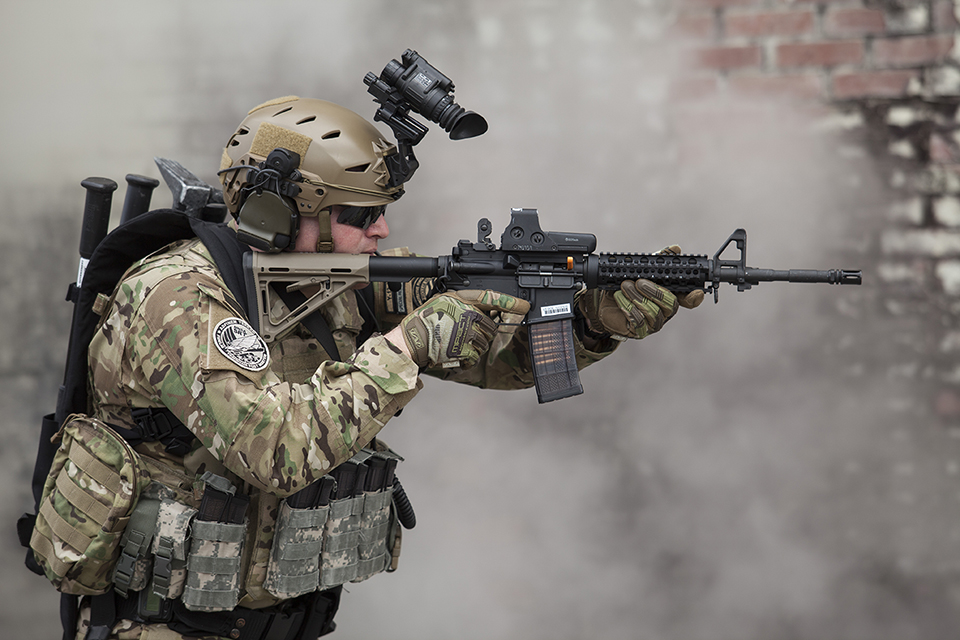
ProForce member in full gear. (Photo taken before the COVID-19 pandemic.)
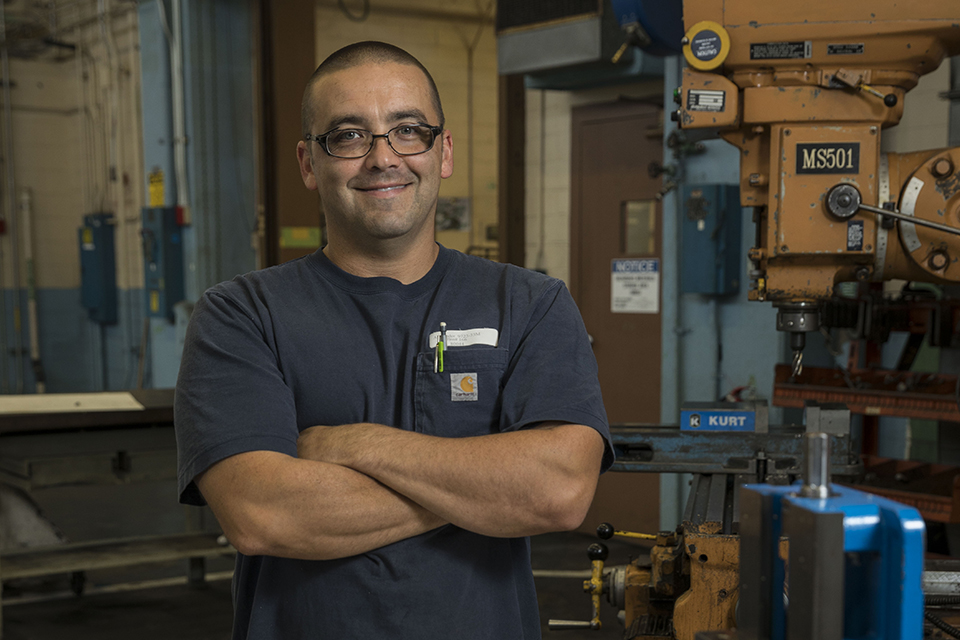
A Y-12 machinist. (Photo taken before the COVID-19 pandemic.),
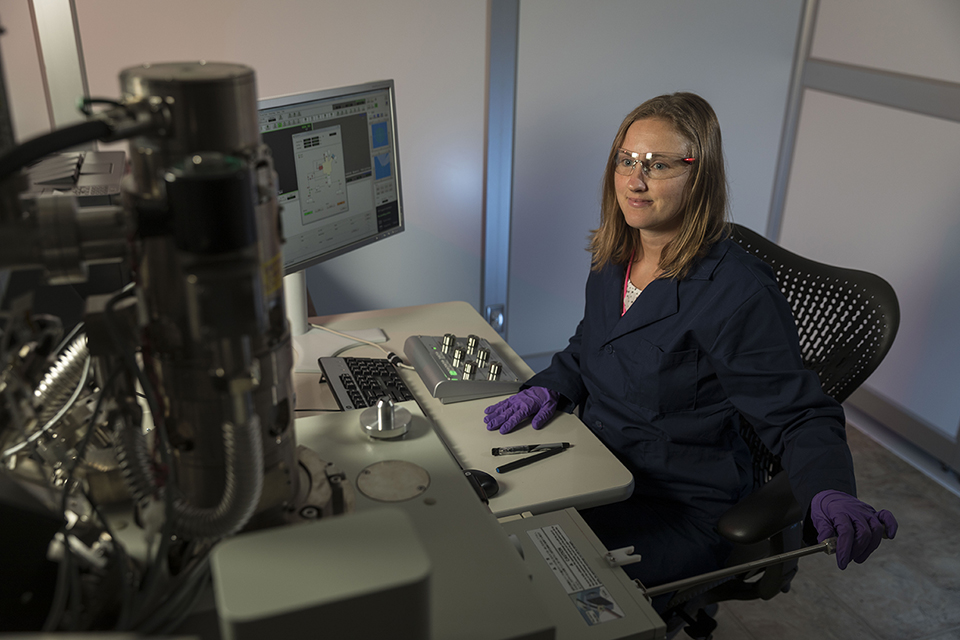
Researcher with a Scanning Electron Microscope. (Photo taken before the COVID-19 pandemic.)
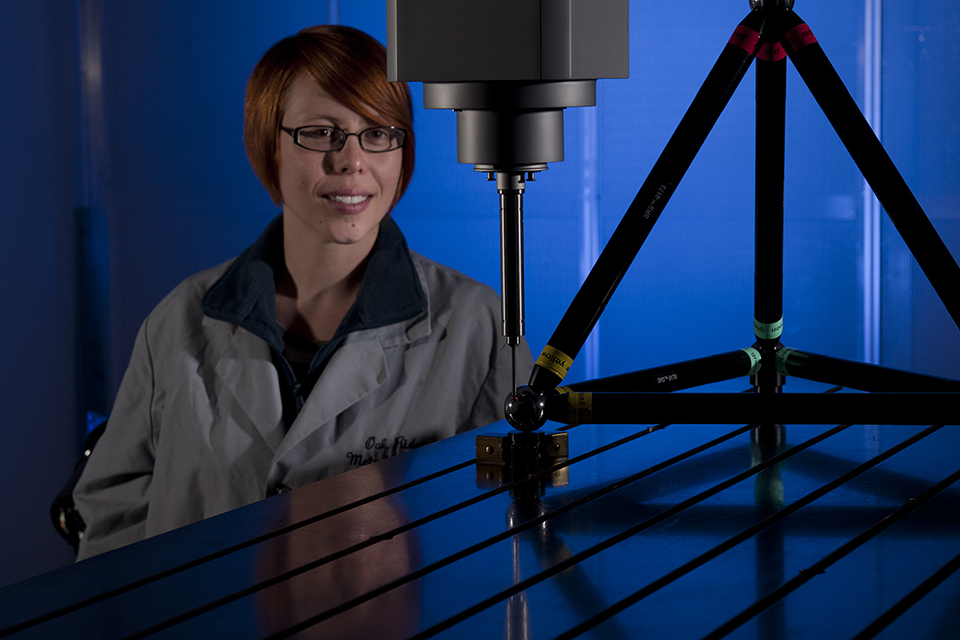
Technician at Oak Ridge Metrology Center works on precision calibration. (Photo taken before the COVID-19 pandemic.)

A black and white shot of gears at Y-12.
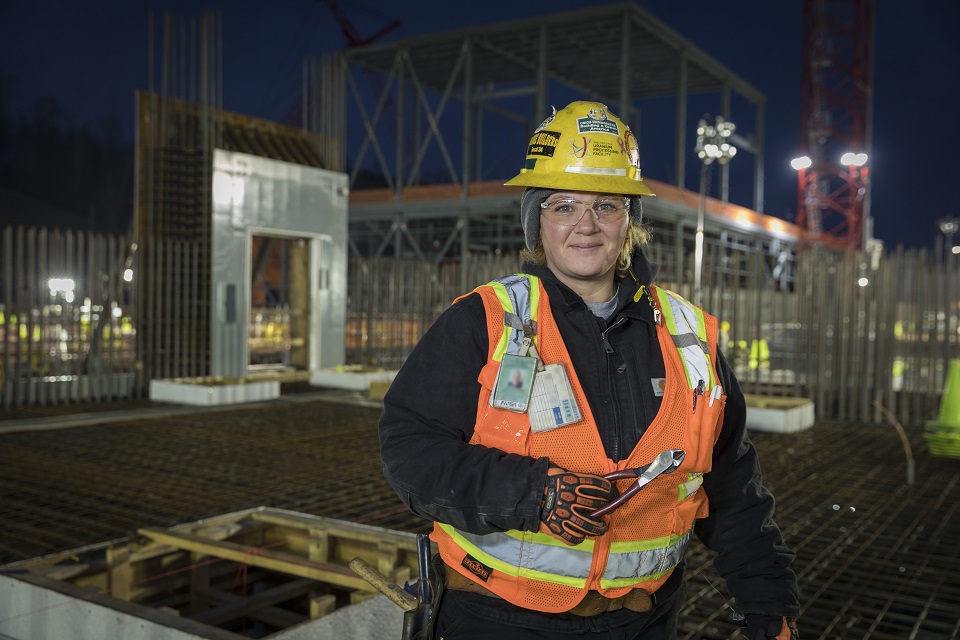
Uranium Processing Facility nightshift. (Photo taken before the COVID-19 pandemic.)
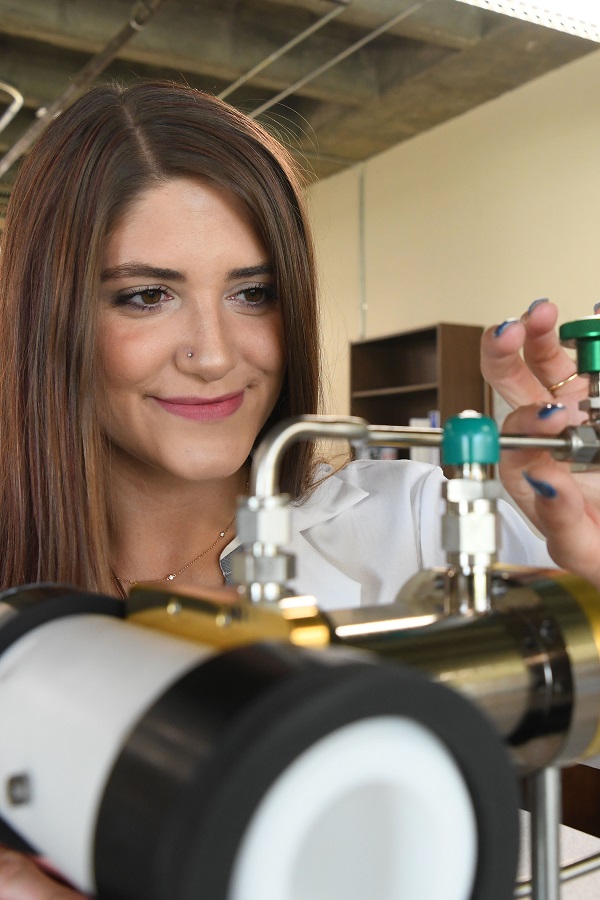
|
Across the country, college students have been forced to adjust schedules and routines for the upcoming academic year in response to COVID 19. Despite the changes it has brought, CNS successfully committed to providing educational development opportunities for students this summer as a part of the CNS Internship Program.
In June, Pantex and Y-12 welcomed 40 participants, 16 at Pantex and 24 at Y-12, to the 2020 intern class! Each had the opportunity to learn what CNS has to offer, virtually and in person.
Behind the mission
Brittany Schidel, a mechanical engineering major pursuing her master’s degree at the University of Tennessee, was prepared to begin her first internship at Y-12. Growing up in Knoxville, she was familiar with the site’s history and even got to attend student outreach events at New Hope Center. Nonetheless, the knowledge she has gained from her time interning with Y-12 Reliability & Maintainability was eye opening.
“I was surprised by the amount of information I have learned in such a short period of time,” Schidel said. “I have been able to participate in field work along with supporting the condition based maintenance team in their future projects on site. Everyone has been so helpful with teaching me about the site and allowing me to work hands on with them and understand what the Preventive Maintenance team does at Y-12.”
As a Ph.D. pre candidate in nuclear engineering at the University of Michigan, Thomas Folk looked forward to interning at Y-12 for the first time. Along with having the opportunity to relate his curriculum to real world experience, Folk was also eager to apply and contribute to the mission after learning more about Y-12 at the Millennial Nuclear Caucus at New Hope Center in 2019.
During his interview, Folk admittedly knew he was in the right place for the summer.
“A big reason that drove me to want to intern at Y-12 is through the conversation with my hiring manager during an interview,” Folk said. “Not only did I want to take on an internship for the technical aspect, I equally desired to build leadership qualities and strong team working abilities.”
A ‘new normal’ summer
With her sights set to become a future chemical engineer, Danica Ruiz, a chemical engineering major at Texas Tech University, knew Pantex would allow her to gain the skills to do so through improving her technical experience and problem solving skills. As the summer approached, Ruiz admits she was thankful that CNS made the effort to preserve the internship program despite the pandemic.
“CNS has made every effort to ensure our safety and well-being by implementing teleworking and a remote onboarding process,” Ruiz said. “Since I have been able to start working on site, everyone at Pantex has been welcoming while still encouraging and participating in social distancing. I am incredibly thankful for the valuable experience I have gained in this short amount of time. CNS has shown their ability to continue towards their mission without compromising safety.”
For Bryce Rogers, a business management major with a concentration in project management at Elon University, his second year interning at Y-12 looked a little different than the last. As Rogers primarily teleworked through his internship, his experience with Y-12 Supply Chain Management proved to be just as valuable and engaging.
“Everyone who I’ve spoken with has tried to keep a positive outlook on everything,” Rogers said. “This is obviously not how many of us expected to be performing our internships this summer; however, many of the employees continue to be just as engaged and impactful to my experience here, just as if I was standing right there in their cube.”
While working with Y-12 Supply Chain Management, Rogers admittedly not only took away practical skills for the future by getting involved with daily meetings and tasks. He also began to understand the gravity of the mission.
“The fact that I get to tell people the work that we perform every day helps keep the country safe is something that I never thought I’d get a chance to say,” Rogers said. “To be completely honest, the work that we do here is just plain cool.”
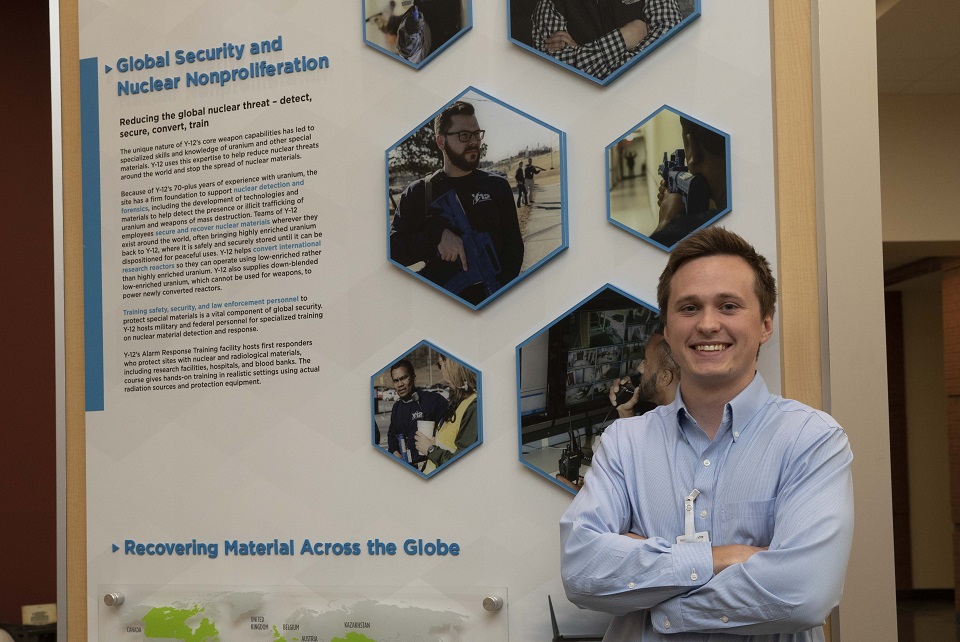
Thomas Folk took part in the CNS mission this summer interning with Y-12 Global Security. (No mask necessary in private space.)
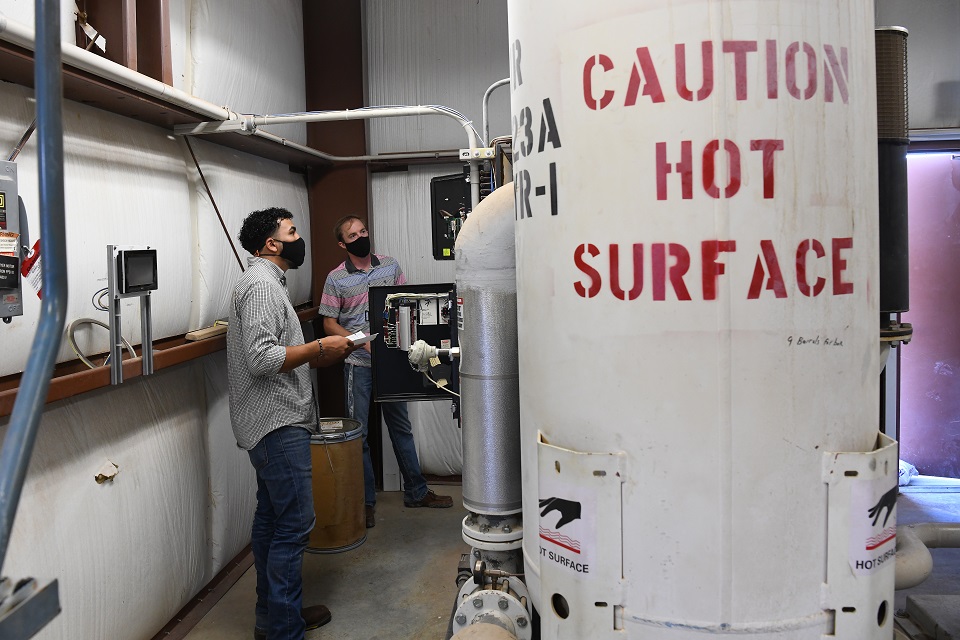
As a mechanical engineering major at West Texas A&M, Hector Rivero Figueroa (left) looked forward to interning with Pantex Engineering, “because it is one of the best careers to have here in the Amarillo area.”
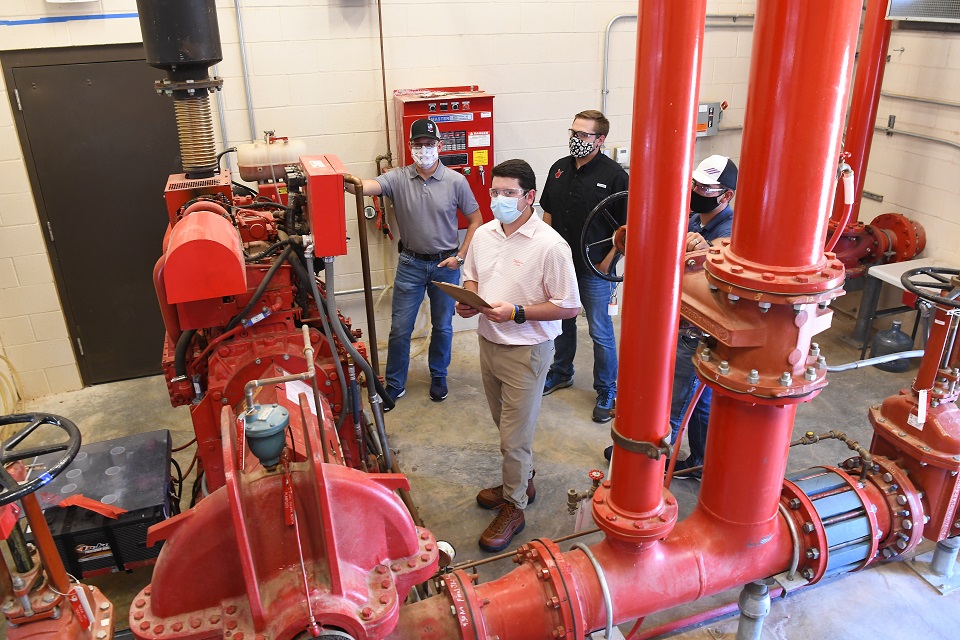
Drew Rowlands (center), an intern with Pantex Fire Protection, was able to refine his skillset as a fire protection and safety engineering major at Oklahoma State University.

|
It is news that no parent or family is prepared for. In the wake of a global pandemic, Y-12’s John Fellers’ world had turned upside down.
For his daughter, Josie, her dream of joining the University of Tennessee’s dance team in the fall was at the forefront of her and her family’s mind. She made it to the second round of team tryouts and was rigorously preparing for her next routine.
“Josie had been complaining of being extremely tired and sore all week, but we all thought it was her long days in the studio working on her tryout,” Fellers said. “We now realize looking back that the fight to make the dance team was nothing compared to the battle she was about to take on.”
Unexpectedly, Josie was fighting acute myeloid leukemia.
In October 2019, Fellers along with other Y-12ers took part in Light the Night by raising more than $12,700 for the Leukemia & Lymphoma Society through a series of fundraising efforts. In honoring those touched by cancer, Fellers never thought that the roles would be reversed almost six months later.
“It was Wednesday, April 15, around 8 p.m. when [Josie’s pediatrician] called and wanted us to come by, not a call anyone wants to receive,” Fellers said. “Having to hear that my daughter was diagnosed in the driveway of our home was unbelievable and unimaginable.”
As word spread on social media, Y-12’s Cris Crider and his wife recognized a familiar face attached to the devastating news — Josie’s. After learning about Josie’s diagnosis through a mutual Facebook post, their family was stunned. Both photographers and owners of B Loved Images, the Criders had previously met Josie while shooting photography for the dance team at Oak Ridge High School. When their five year old daughter attended dance camp the same summer, Josie was her teacher.
“I don’t personally know John, nor did I know he worked at Y-12 too, but our community has come together during these difficult times to support one of our families,” Crider said.
Through their talent and community, the Criders have begun capturing photos for a cause in order to give back to Josie and her family.
“With all of the stress added with COVID-19 and Josie being diagnosed with leukemia, we wanted to do something for the community in some way,” Crider said. “With that, we decided to do front-porch family photo sessions with all of the proceeds going to support Josie’s family.”
In transitioning the backdrop of their business due to COVID-19, the Criders are offering professional photographs of individuals and their families in front of their homes. With 56 families from surrounding counties currently donating for Josie, the battle and support for Josie’s life is being fought one portrait at a time.
“To see how Josie’s cancer diagnosis has touched so many lives and brought so many people together to pray and help her has been such a blessing,” Fellers said. “She has stayed positive, taken every shot cancer has thrown at her with a smile, and remained steadfast in her love of the Lord. I am so proud of the way she has handled this situation and for the example she is setting for all of us.”
In support of Josie’s fight, the Fellers have joined with East Tennessee Children’s Hospital to spread the word in providing toy donations for the hospital’s waiting rooms. For more information or if you would like to individually donate in honor of Josie or Alex Grappin (son of Engineering’s Tony Grappin), visit the hospital’s online wish list. CNS has donated $1,000 to East Tennessee Children’s Hospital in support of its toy drive.
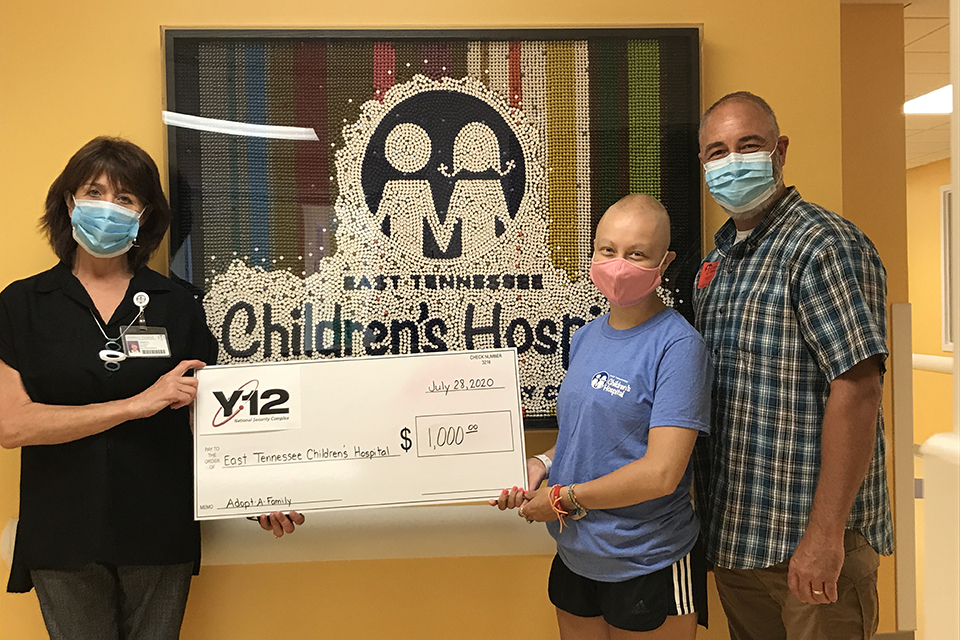
Y-12 has an improved fire protection system after employees recently completed an extensive eight year plant wide effort to replace more than 9,850 sprinkler heads in six site facilities.
Completion of the $46 million 50 year safety-significant sprinkler head replacement project means that those facilities can continue to meet fire protection requirements. The replacements reduce the risk of the site’s fire protection systems from high to low risk and improve Y-12’s long term operations capability.
Mike Gilmartin, the construction manager, and General Foreman Terry Wilson saw the project from start to finish.
Gilmartin said, “I was involved from the beginning planning and execution on all of the sprinkler heads — up until this last one that completed the project. Construction personnel accomplished a significant safety [milestone] as much of the work was highly elevated, requiring employees to work 10 to 50 feet off the building surfaces. The team worked many 13 day straight workweeks without any safety issues.”
“It was great to see our team performing the sprinkler work while minimizing impacts to mission critical facility production activities,” Wilson said. “Throughout the process several folks displayed participative decision making. They were actively involved in sharing ideas during the planning phase for each system. At the same time, craft participated during field work activities by identifying safety concerns and issues for potential to cause delays, so these items could be worked out without any delay to the project.”
Chris Hammonds, project manager since 2016, said, “Terry played a major part in the overall planning and execution during my tenure on the project. The sprinkler fitter crew provided superior support and performance throughout the effort.”
CNS coordinated the work that involved 20 individual wet pipe systems with more than 12 separate departments using integrated project teams to minimize the impact to ongoing facility operations.
Program manager Cliff Hastings, who worked on the project for five years, saw a lot of work take place.
“I think the most significant accomplishment was the team developing the ability to be mobilized and working different phases of projects in multiple facilities at the same time,” he said. “Some of the team might have been erecting scaffolding in preparation for an outage in one facility, while actively replacing credited sprinkler heads in a different facility, and also shipping waste and closing out drawings in possibly yet another facility.”
The sprinkler heads, which were originally retrofitted to existing nuclear facilities beginning in the late 1960s, were at the end of their 50 year life. While testing a sampling of the fire protection systems may have given a 10-year reprieve on replacement, site leadership chose a longer term solution.
“The facilities that these sprinkler systems protect are essential to ensuring our nation’s security,” said Y-12 Site Manager Bill Tindal. “Therefore, we must take a long term view. Successful completion also provides a safer environment for our workers and increases confidence in our facilities to operate now and well into the future.”
Hastings saw the team demonstrate all CNS principles, but during the process, he felt one stood out: attention to detail.
“As work was being executed, the project team was able to identify multiple legacy deficiencies and get most of them repaired while the project was mobilized. This attention to detail resulted in the facility being left with a more sound and robust fire suppression system,” Hastings said.
Completion of this project brings Y-12’s facilities into compliance with National Fire Protection Association 25 Standard for safety significant systems.
“Replacing these credited fire suppression sprinkler heads has enabled many of our mission critical facilities to continue production operations with an improved margin of safety, without extensive and unnecessary interruptions or delays,” Hastings said.
Hammonds said, “This team completed the project as one and ensured it was completed safely and efficiently within schedule and budget.”
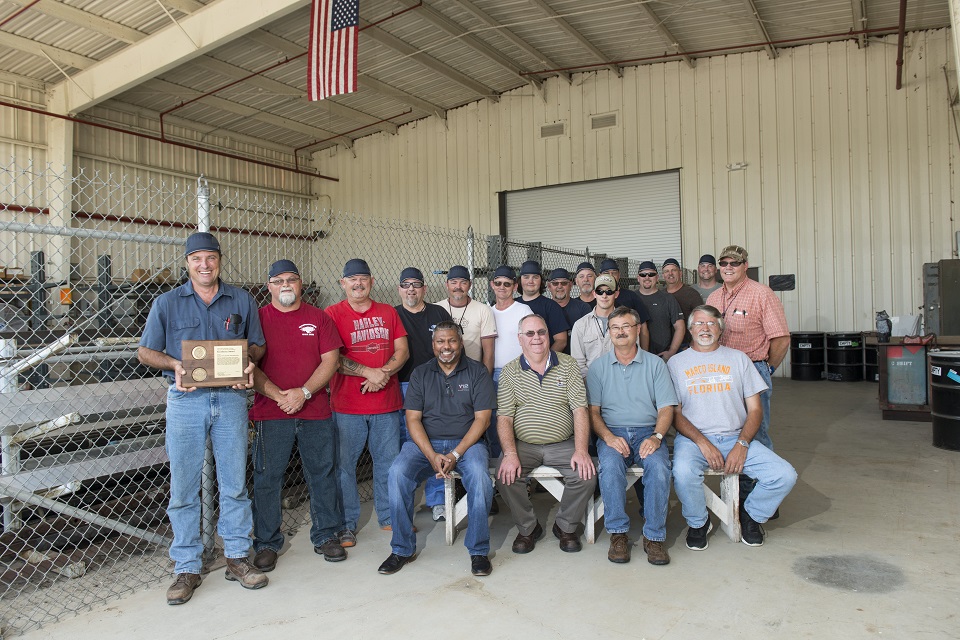
The 50 year sprinkler head replacement crew, pictured in 2016, works so close to ceilings that they must wear these special “bump caps” instead of hard hats. The team was recognized with a 2016 NNSA award for its work in Building 9204-2.
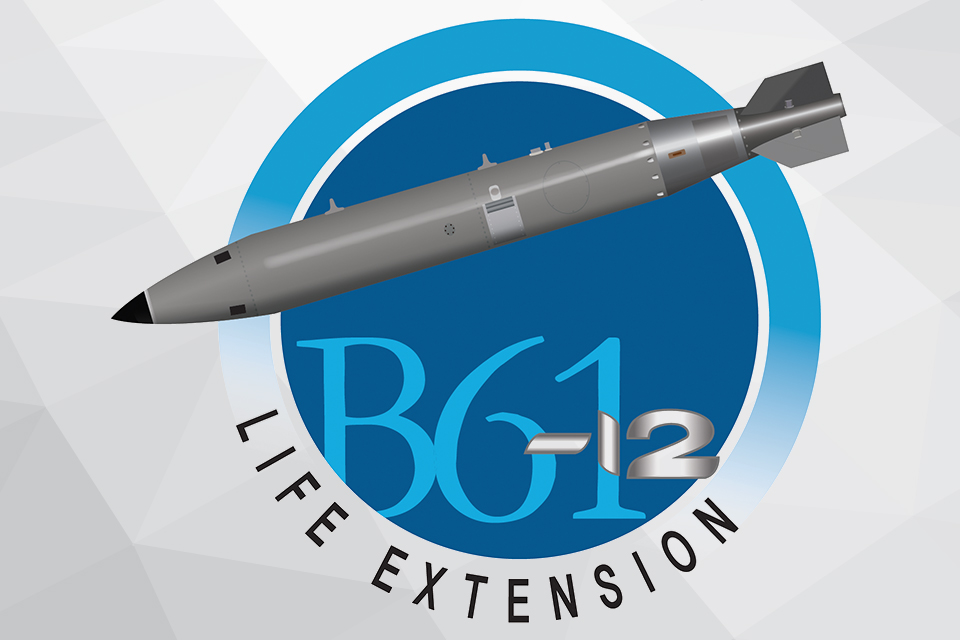
Y-12 completed the suspension and resumption of all operating areas, including canned subassembly production for the B61-12 program, within a six week window. |
Pausing and restarting production operations in a complex nuclear facility understandably poses significant challenges. Despite this, Y-12 was able to accomplish both the suspension and resumption of all operating areas, including canned subassembly production for the B61-12 program, within a six week window.
Y-12 began transitioning to reduced mission critical operations on April 6, in response to the COVID-19 pandemic. In addition to keeping the workforce in a “ready state,” significant efforts were undertaken during the on site staffing reduction to ensure that equipment was also maintained in a ready state. This included the exercise of rotating equipment, ensuring processes were paused in favorable conditions, and continuing selected preventive maintenance.
“We understand our equipment — how it runs, what is needed to keep it running, and what actions to take to be sure we can quickly recover,” said Y-12 Site Manager Bill Tindal. “There are times in my history here where I would not have made that statement. Through our actions, we have proven our competence.”
After less than one month in reduced mission critical operations, ramp up activities began on May 4, with selected staff preparing the way for the rest of the workforce’s return. These activities included additional equipment preparation and implementation of COVID-19 controls.
On May 19, Y-12 completed restart of all operating areas that were paused, including CSA production for the B61-12. This rapid recovery also demonstrates the effectiveness of equipment and facility maintenance improvements over the last several years. The efforts of the integrated team that included Infrastructure, Engineering, Environment, Safety, and Health, and Production Operations contributed significantly to the efficient restart of all critical operations, which led to Y-12’s ability to meet FY20 mission deliverable schedules.
“We were faced with a challenge of implementing new infectious disease controls. But, true to our principle of participative decision making, we knew we had to bring the work force back on site in order to help define controls that would work for them,” Tindal said. “The engagement and creativity has been phenomenal.”
